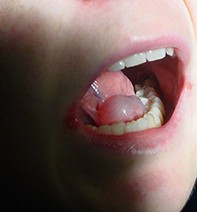Peer Reviewed
Feature Article Ear, nose and throat medicine
A guide to salivary gland disorders
Abstract
The salivary glands may be affected by a wide range of neoplastic and inflammatory disorders. This article reviews the common salivary gland disorders encountered in general practice.
Key Points
- Salivary gland disorders represent a heterogeneous group of conditions ranging from inflammatory disorders to a diverse group of benign and malignant neoplasms.
- Acute inflammation of the salivary glands is usually of viral or bacterial origin; mumps is the most common causative viral illness.
- Chronic inflammation and fibrosis most often affect the parotid gland.
- Most salivary stones (80%) occur in the submandibular gland; 20% occur in the parotid gland.
- Salivary gland neoplasms are relatively uncommon, comprising only about 2% of all head and neck neoplasms. The histopathology of these tumours is incredibly diverse, with most (80%) occurring in the parotid gland.
Purchase the PDF version of this article
Already a subscriber? Login here.

